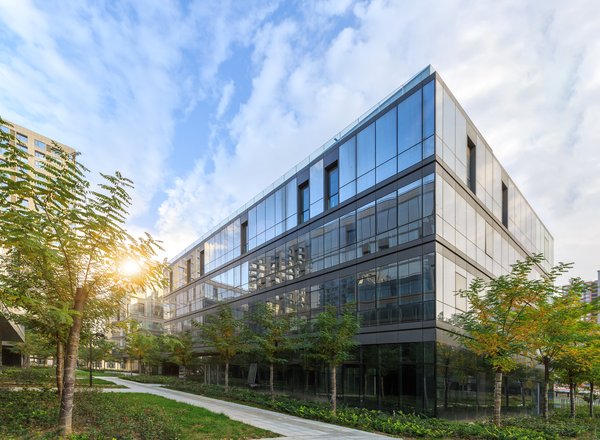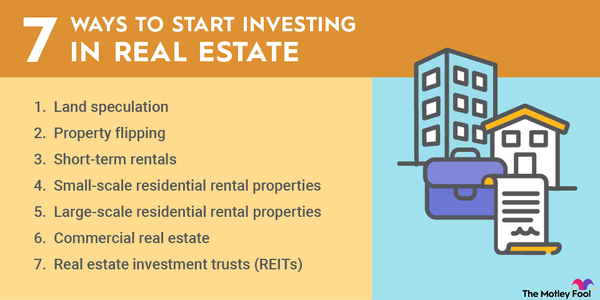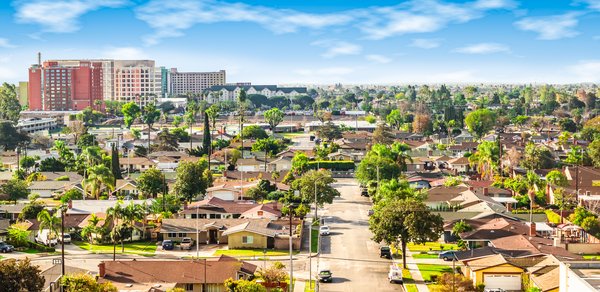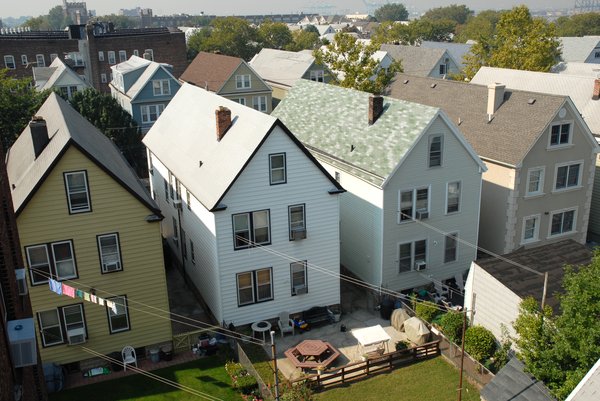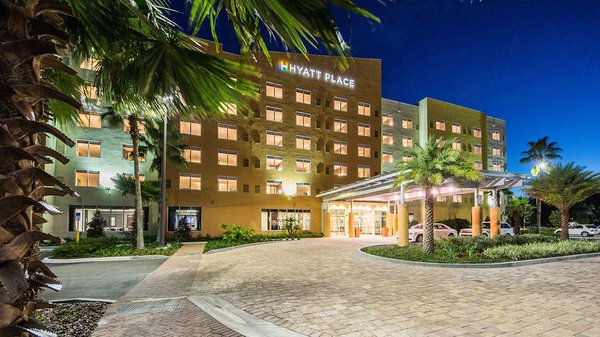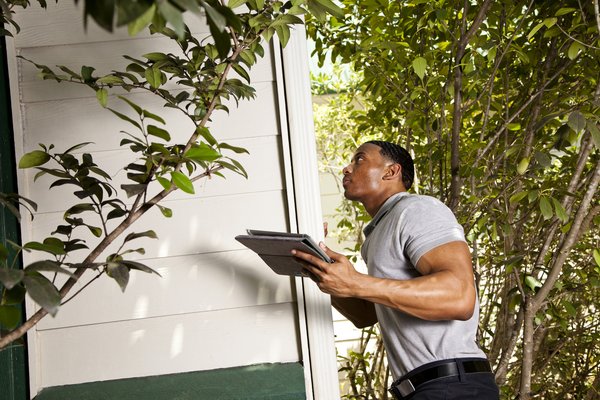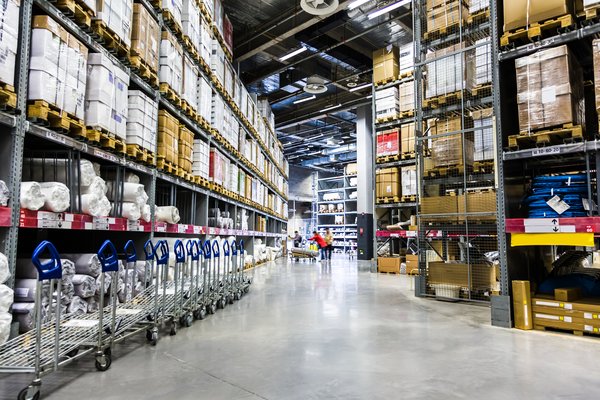There are approximately 911 million acres of farmland in America, according to the U.S. Department of Agriculture (USDA). Farmers and ranchers own about 61% of the land they use, renting the rest from third-party landlords. While other operators own 8% of this land, investors groups (including retired farmers) hold the remaining 31% of America's farmland, with 21% owned by non-operating individuals or partnerships and 10% held by corporations, trusts, or other owners.
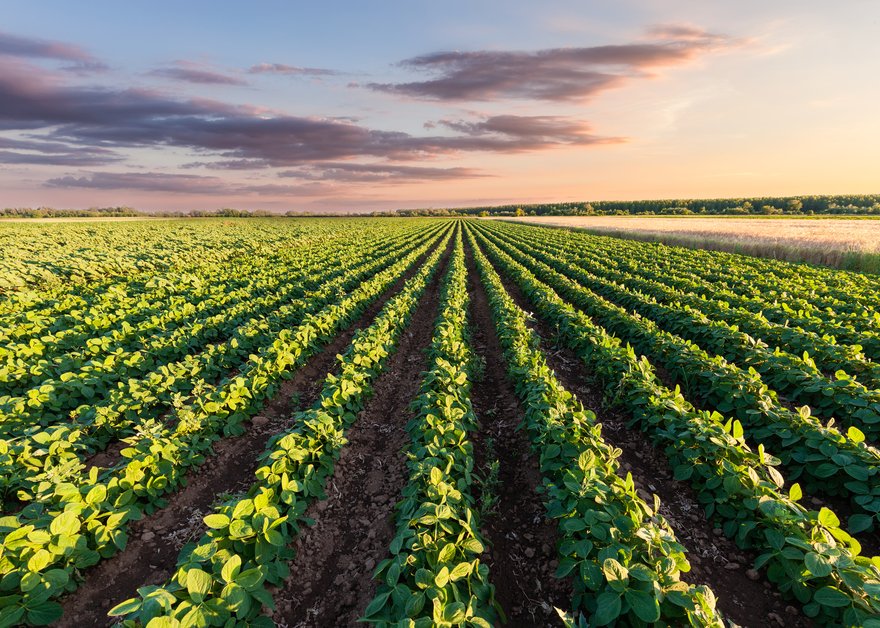
Given this breakdown, non-farming investors own a small slice of the country's farmland. That piece, however, has been growing as more investors acquire productive farmland as part of their investment portfolios.
This guide will break down why investors are choosing to buy farmland as well as the growing number of ways to add this asset class to a portfolio.
Why invest in farmland?
Why invest in farmland?
The primary reason more investors are turning to farmland as an investment opportunity is that it has a long history of producing solid returns. Those returns come in two forms:
- Increases in farmland values.
- Crop yields or cash rental payments.
Over the last 50 years, the value of American farmland has risen by about 6.1% per year, with only five down years during that period. Add in the cash rent yields, and the return to investors has been even more impressive. Since 1991, farmland has produced a positive return every year, generating an average annual return of 11.5%, according to the USDA. To put that return into perspective, it has outperformed all other asset classes except the Dow Jones REIT Index during that time frame.
In addition to the above-average total return potential of owning farmland, it provides investors with several other benefits:
Low volatility
Farmland returns have historically had less volatility than most other asset classes, including the 10-year U.S. Treasury Bond, S&P 500, gold, and Dow Jones REIT Index.
Low correlation
Farmland returns typically don't move in the same direction as the stock market. In many years, farmland has produced a positive return in a year that the S&P 500 has lost value.
Inflationary hedge
Farmland is a real asset that produces commodities like corn and grain. As such, it benefits from inflation since that would boost not only acreage values but also crop income. Because of that, some call farmland a gold-like investment with a yield.
How can I invest in farmland?
How can I invest in farmland?
While the roots of tenant farming in America date to around the end of the Civil War, the farming sector remains a nontraditional asset category for real estate investors. That's largely because farmers, both operators and retirees, own the majority of the country's cropland and pastureland.
However, farmland has been growing as an asset class for investors in recent years as new ways to invest in the sector have emerged. Here's a look at how an investor can add some farmland to their portfolio.
Buy land directly
Buy land directly
The most obvious way to invest in farmland is to directly purchase usable cropland or pastureland and rent it out to a farmer or rancher. This method of investing in farming has a sizable upfront cost since an investor would likely need to purchase a large plot of land. Average land prices for cropland were $4,130 an acre in 2018, while pastures cost about $1,390 an acre, according to the USDA. Meanwhile, investors typically rented out cropland for $138 an acre and pastureland for $12.50 per acre, implying cash yields of 3.3% and 0.9%, respectively.
Investors that buy land as a means to invest in farming have several options, each of which has its share of pros and cons:
- Purchasing an existing farm via a sale-leaseback transaction, where the current farmer continues to work the farm and pay rent to the new owner. A sale-leaseback transaction would likely be the least risky and most passive way of directly investing in farmland. However, in exchange, an investor might need to pay a higher price for the land and therefore earn a lower cash yield.
- Buying an existing farm or agricultural land and leasing it to a new tenant. This option could potentially generate a higher return for an investor. However, it would likely require more work upfront to find the right tenant for the farm.
- Acquiring land that's not currently used for agriculture and converting it to cropland, pastureland, or an urban farm. A farmland conversion has the potential to produce the highest return since an investor would likely be able to purchase land for a lower price and, therefore, could earn a higher cash yield and potentially benefit from higher land value appreciation. However, this option requires the most work since an investor would need to transform the land to farm use and find the right crops and tenants for the location.
Purchase shares of specialty REITs
Purchase shares of specialty REITs focused on farmland
Two publicly traded real estate investment trusts (REITs) currently focus on acquiring farmland and leasing it to farmers:
Farmland Partners is the largest of the U.S. publicly traded farmland REITs. As of the middle of 2019, it had roughly $1.1 billion of assets, including 158,000 acres of farmland in 17 states. It leased this land to more than 100 tenants that grow 26 varieties of crops, 57% of which are row crops (corn, soybeans, rice, and cotton) and 42% of which are permanent and specialty crops (almonds, avocados, wine grapes, non-tree fruit, and vegetables).
Gladstone Land, meanwhile, owned 111 farms with 86,534 total acres in 10 states valued at $876 million. It mainly focuses on farmland used to grow healthy foods such as fruits, vegetables, and nuts.
Any investor with a brokerage account and enough money to buy one share can invest in these farmland REITs, making them the most accessible and lowest-cost way to invest in farmland. However, because they trade on stock exchanges, they do have some market risk.
Another REIT option is Iroquois Valley Farmland REIT, which is a public non-traded REIT, meaning it's open to all investors but doesn't trade on a stock exchange. The company focuses on owning a portfolio of organic farmland. However, it has a high minimum investment of more than $10,000, and investors can't redeem their shares for five years.
Invest through a crowdfunding platform focused on farming
Invest through a crowdfunding platform focused on farming
Several companies have formed in recent years to provide access to farmland investments using the internet. However, most of these farmland crowdfunding platforms are only open to accredited investors (i.e., those with a high net worth of more than $1 million excluding the equity in their primary residence or high income of $200,000 in each of the last two years, or $300,000 if married).
Accredited Investor
AcreTrader
AcreTrader is a crowdfunding platform that provides accredited investors with direct access to farmland. Most of its offerings require an investor to buy 10 shares, which is equivalent to one acre of land that generally costs between $3,000 and $10,000 per acre. Instead of holding the legal title to the physical acre of land, investors own shares in a limited liability corporation (LLC) that holds legal title.
FarmFundr
FarmFundr is a crowdfunding platform that allows accredited investors to invest in a variety of opportunities like farmland and agricultural facilities.
FarmTogether
FarmTogether is an online marketplace for farmland investing. It provides accredited investors with direct access to pre-vetted U.S. farmland investment opportunities. Investors can invest directly in specific farms or in a fund that holds several farm investments.
Farmland LP
Farmland LP focuses on buying commodity farmland and converting it into more valuable organic farmland. It offers accredited investors the opportunity to participate in a private equity fund that has the flexibility of eventually becoming a REIT and going public.
Harvest Returns
Harvest Returns is a crowdfunding platform offering a variety of agricultural deals that are mainly open to accredited investors.
Steward
Steward is a crowdfunding platform focused on investing in sustainable farms. It aims to provide farmers with capital (in the form of loans) to sustain and expand their farms. Its initial offering, Steward Farm Trust, will own a portfolio of loans made to farmers and will be open to all investors with a low minimum investment of $100.
Related real estate topics
A growing number of ways to invest in farmland
Farmland has historically been a good investment. Unfortunately, not many investors have been able to benefit from this asset class, given the high upfront costs of buying farmland.
However, that has changed in recent years as new opportunities have emerged in the form of REITs and crowdfunding sites focused on farming. Because of that, investors can now own a slice of American farmland for a much smaller upfront cost, which is making it an increasingly accessible asset class.










